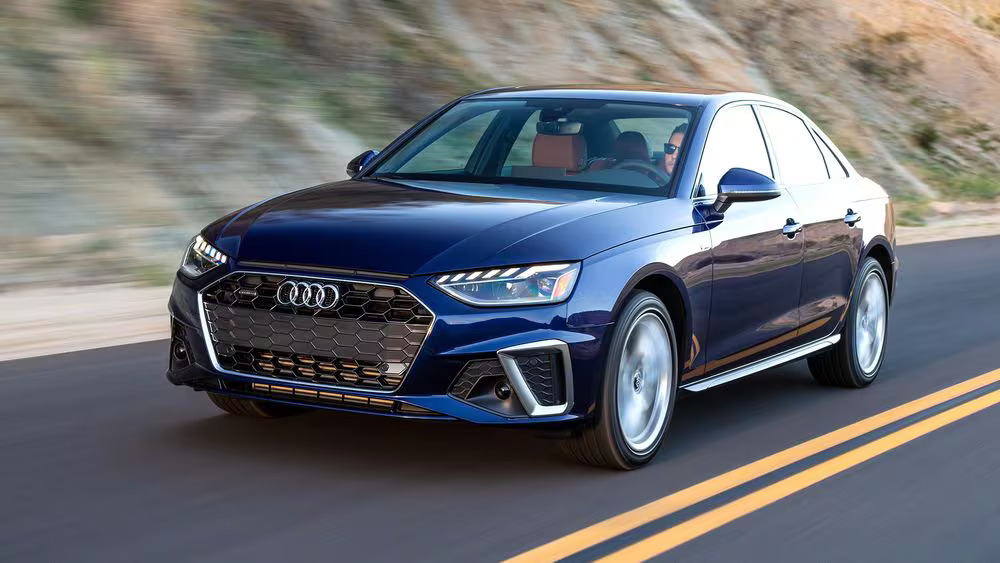When it comes to vehicle reliability and long-term maintenance costs, few components are as critical as often overlooked as the engine’s timing system. Whether a car uses a timing belt or a timing chain can have a major impact on everything from how often you’re in the shop to whether your engine will survive past 100,000 miles.
Most drivers focus on oil changes, brake pads, or tires, but timing components operate quietly behind the scenes — until they fail. And when they do, the results are often catastrophic.
The difference between a car that’s still running strong at 250,000 miles and one that’s scrapped at 120,000 can sometimes come down to this single, crucial choice made by its engineers.
Timing belts and chains serve the same function: to synchronize the crankshaft and camshaft(s) so the engine’s valves open and close at the precise moments during each cylinder’s intake and exhaust strokes. If this timing is even slightly off, it can reduce performance, cause misfires, or, in worst cases, lead to destructive engine damage.
This is especially true in interference engines, which make up a large portion of modern vehicles, where the valves and pistons occupy the same space, just not at the same time.
If the belt breaks while the engine is running, those parts collide, often resulting in bent valves, cracked pistons, and a destroyed engine. With timing belts made of reinforced rubber, they typically need replacing between 60,000 and 100,000 miles, depending on manufacturer recommendations.
By contrast, timing chains are made of metal and run inside the engine, lubricated by oil. They are generally considered more durable and can often last the life of the engine if the oil is changed regularly and the system is well-designed.
While timing chains can fail too often due to neglected oil changes or poor tensioner design, they are far less maintenance-intensive than belts.
For many drivers, this means thousands of dollars saved over the life of the vehicle, not to mention greater peace of mind when clocking high mileage. The difference in engineering approach between belts and chains has led to very different ownership experiences — some stress-free, others fraught with frustration.
This article explores both ends of the spectrum. First, we’ll highlight five vehicles known for their reliable timing chain systems — cars that can quietly rack up high mileage without requiring frequent or costly timing maintenance.
These models are favorites among drivers who prioritize dependability and want to avoid catastrophic surprises under the hood.
Then, we’ll shift gears and look at five vehicles infamous for their problematic timing belts — cars where poor design choices, difficult service procedures, or frequent failures have left many owners disillusioned (and broke).
These are the vehicles that have earned a reputation for turning small maintenance items into full-blown disasters if neglected.
Whether you’re buying a used car, trying to understand your current vehicle, or simply planning for future maintenance, knowing how your engine is timed — and how well that system was designed — can make all the difference. In some cases, a great car becomes a money pit solely because of a poor belt design.
In others, a humble commuter car becomes a long-term companion thanks to a durable chain. Let’s take a closer look at both ends of the timing spectrum — the heroes and the headaches.
Also Read: 11 Foreign Car Brands Building Their Best Vehicles in America
5 Cars With Great Timing Chains
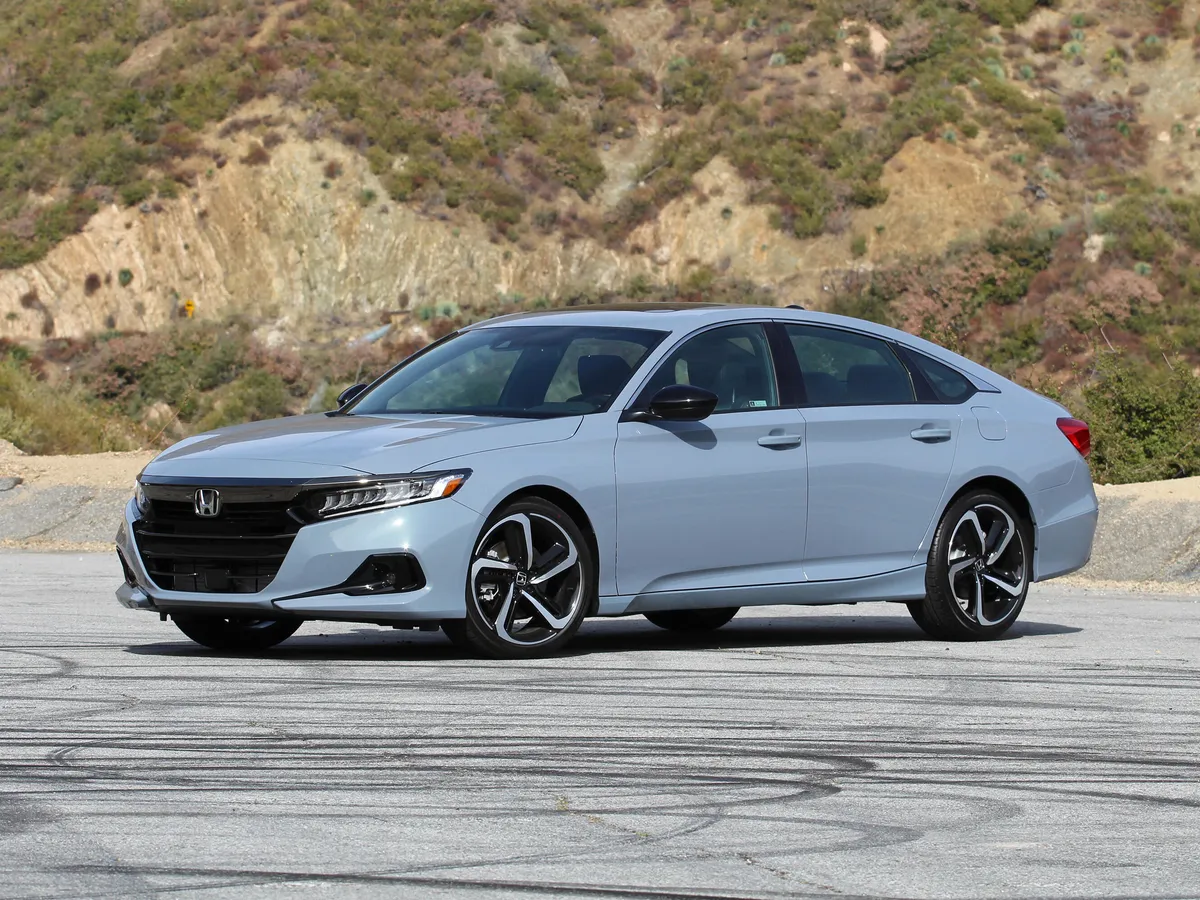
1. Honda Accord (2008–Present, 2.4L i-VTEC Engine)
Honda has long been celebrated for its engineering prowess, and the Accord with its 2.4L i-VTEC engine is a prime example of how a timing chain should be implemented. This engine, used in millions of vehicles globally, is known for its near bulletproof reliability.
The timing chain in this engine is designed to last the life of the vehicle when properly maintained. It’s also tucked neatly within the engine and lubricated with engine oil, reducing wear and tear. The combination of solid metallurgy and consistent oil flow means it suffers few timing-related failures.
Beyond just longevity, the Accord’s chain is rarely a source of noise or drivability issues. Even at higher mileage, it tends not to stretch or rattle, a common problem with older or poorly designed chains.
Many owners report driving these vehicles well past 200,000 miles without a single timing component failure. This reliability also contributes to the car’s resale value and continued popularity among used car buyers.
In terms of cost-effectiveness, it’s a clear win. Unlike belts, there’s no regular maintenance schedule for the chain. That means no expensive 100,000-mile timing belt service.
Mechanics often praise this design not only for its reliability but also because, in the rare case it needs replacement, it’s more accessible than chains in some other vehicles. It’s a quiet, strong performer that sets the bar for reliable chain-driven engines.

2. Toyota Camry (2010–Present, 2.5L 4-Cylinder)
The Toyota Camry’s 2.5L 4-cylinder engine, particularly from 2010 onward, has become a benchmark in the industry for durability, partly due to its dependable timing chain system.
Toyota made the switch from belts to chains in most of its lineup during the 2000s, and the results have paid off tremendously in models like the Camry. The timing chain is robust, rarely fails, and typically does not require replacement for the life of the car.
One of the advantages of Toyota’s chain system is its simplicity. It’s not over-engineered, nor is it paired with problematic tensioners or guides that are prone to premature wear.
When maintained with regular oil changes, the system operates smoothly and quietly, even at high mileage. It’s not uncommon to see these engines surpass 250,000 miles with original timing components intact, provided the oil is changed regularly.
Toyota’s reliability reputation is deeply tied to vehicles like this. The timing chain system complements other long-lasting components in the engine bay, contributing to a vehicle that just keeps going. For consumers, it means less worry about catastrophic failure and lower long-term ownership costs.
Mechanics often regard this engine as one of the most dependable in modern cars, in large part due to its well-implemented timing chain.
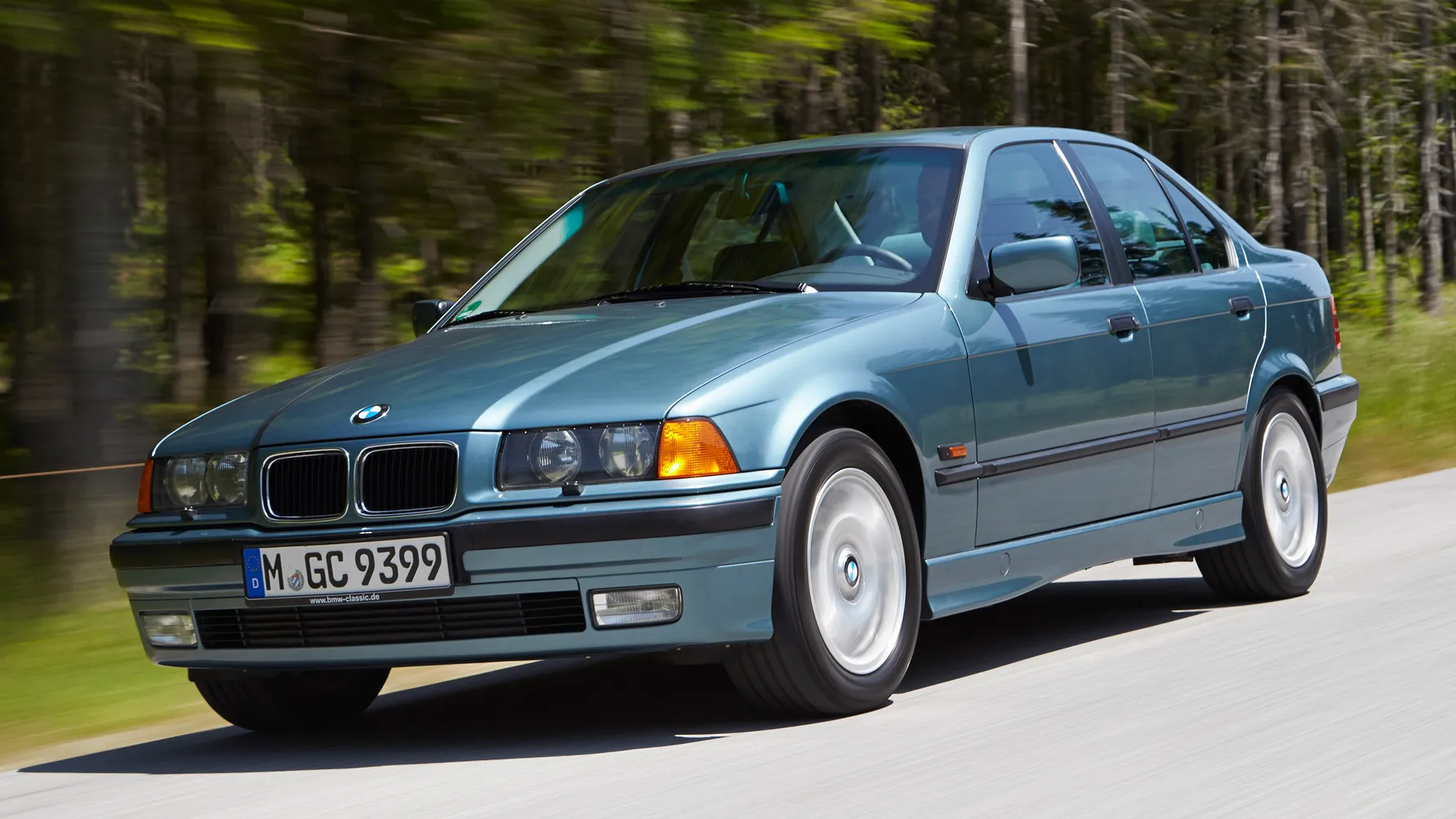
3. BMW 3 Series (E90, 2006–2011, N52 Engine)
BMW doesn’t always get credit for reliability, but the naturally aspirated N52 inline-6 engine in the E90 3 Series is a standout, particularly when it comes to timing chain longevity.
This engine was used in models like the 325i, 328i, and 330i, and it’s known for being one of the more robust and reliable BMW engines, especially compared to the turbocharged ones that came later.
The timing chain on the N52 is mounted at the rear of the engine, which isn’t ideal for serviceability but is excellent in terms of reducing slack and vibration over time. Despite this location, the chain itself is extremely durable and almost never needs replacement during the lifespan of the engine.
It’s supported by solid tensioners and guides, and there’s little anecdotal or statistical evidence of frequent failure, especially when proper oil maintenance is performed.
Enthusiasts often speak highly of the N52 for its smoothness and longevity, and the timing chain is a major reason why. It’s a part of what makes the E90 a favorite among used BMW shoppers looking for a dependable, fun-to-drive car.
Unlike some other BMW engines with chain-related horror stories (like the N20 and its brittle guides), the N52 offers peace of mind for those who want performance without constant repairs.
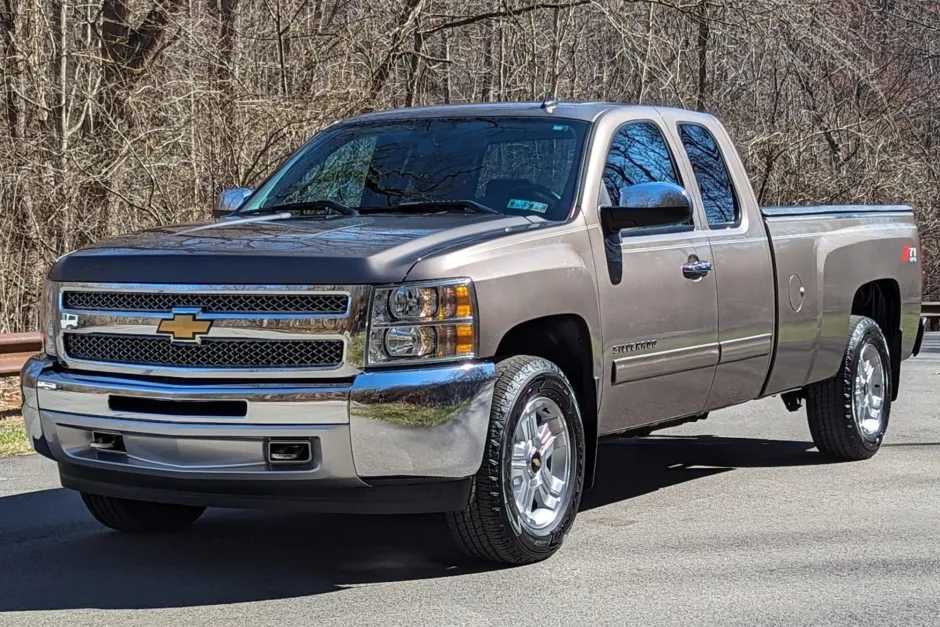
4. Chevrolet Silverado (2014–2018, 5.3L EcoTec3 V8)
GM’s 5.3L EcoTec3 V8 engine, found in the Chevrolet Silverado and other full-size trucks and SUVs, is another example of solid timing chain implementation. This engine uses a durable, roller-style chain that has proven to be extremely reliable under both light-duty and heavy-duty conditions.
The engineering is focused on long-term durability, which makes sense given the demanding environments trucks often endure. In the Silverado, the timing chain works in concert with variable valve timing systems and active fuel management, which can sometimes introduce complexity.
However, the chain itself holds up well and has a strong reputation among both mechanics and owners. It doesn’t typically suffer from early stretch or guide failure, and when oil changes are performed on schedule, the chain operates with minimal issues.
What sets the Silverado apart is its ability to go well beyond 200,000 miles with the original chain. These engines are often used in commercial fleets or as daily workhorses, so reliability is key.
GM clearly understood this and designed the chain system with toughness and longevity in mind. While other parts of the engine (like AFM components) can sometimes be troublesome, the timing chain remains one of its strongest features.
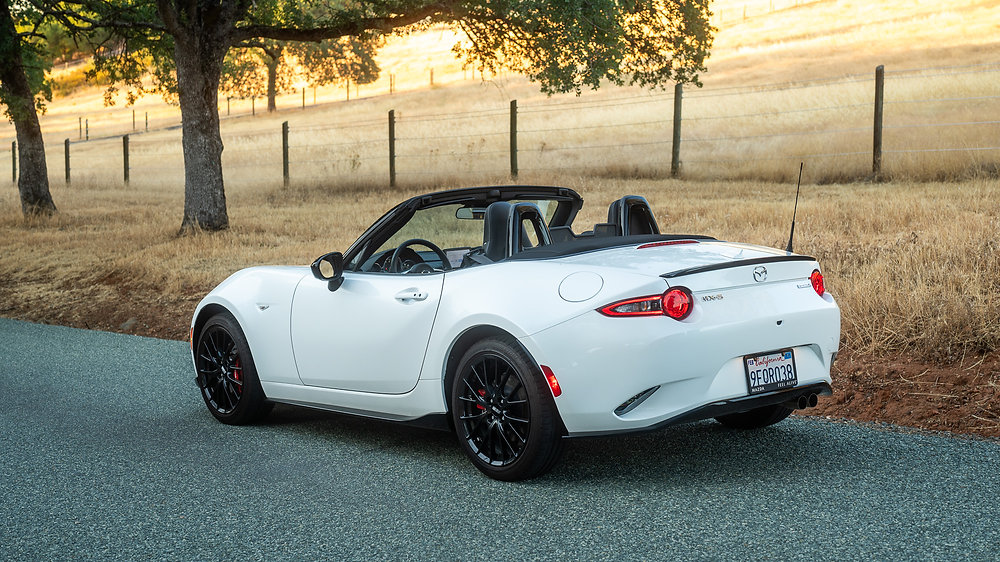
5. Mazda MX-5 Miata (2006–2015, NC Generation)
The third-generation Mazda MX-5 Miata (NC) is beloved for its balanced handling and simple mechanical layout. At the heart of its appeal is the 2.0L MZR engine, which features a robust timing chain system. Unlike belts that need replacement every 60–100k miles, the Miata’s timing chain is designed to last the life of the engine, and in most cases, it does exactly that.
Mazda kept things simple with the MZR engine, and the timing chain benefits from a design that’s both durable and easy to maintain. The guides and tensioners are made from quality materials, and the chain itself doesn’t stretch easily — even with spirited driving, which Miatas are known for.
For enthusiasts, this means more time driving and less time worrying about expensive engine repairs. This car attracts a lot of DIY owners, and they’ll tell you that the chain system is a non-issue.
You’ll rarely see timing chain problems posted in Miata forums or repair bulletins. It’s just one more reason the NC Miata remains a favorite among those who want affordable, reliable fun with minimal long-term costs.
5 Cars With Timing Belt Nightmares

1. Volkswagen Passat (1998–2005, 1.8T Engine)
Volkswagen’s 1.8T engine, used widely in the late 1990s and early 2000s, is infamous for its fragile timing belt setup. Found in the Passat, Jetta, and other models, this engine features a timing belt that must be replaced every 60,000 to 80,000 miles — a tight interval by modern standards. Worse, failure to do so can result in catastrophic engine damage due to its interference design.
Adding to the frustration is the complexity of the belt replacement job. The front end of the vehicle often needs to be placed in “service position,” meaning the bumper and radiator support are partially removed to gain access.
Labor costs for this job are often high, even at independent shops. And because this engine is turbocharged, it runs hotter and puts more stress on the belt than a naturally aspirated engine might.
Compounding all this, tensioner and water pump failures are common — and both components are usually replaced along with the timing belt.
If any part of the system fails before the scheduled service, you’re at risk of engine damage. This makes the 1.8T a cautionary tale for anyone considering an older VW. While it offers good performance, the belt setup turns what could have been a reliable car into a ticking time bomb.

2. Subaru Legacy and Outback (1996–2012, EJ25 Engine)
The Subaru EJ25 engine — found in the Legacy, Outback, Forester, and even Impreza models — has been a cornerstone of Subaru’s lineup for years. Unfortunately, it’s also notorious for its timing belt woes.
The engine is interference in design, meaning that if the belt snaps, pistons and valves will collide, leading to catastrophic internal damage. Timing belts in these engines typically require replacement every 105,000 miles, but many owners report failures well before that, especially in cases of oil leaks or coolant issues, which can prematurely degrade the belt.
What makes the problem more frustrating is that these engines are horizontally opposed (boxer engines), meaning the timing components are nestled deep into a wide engine bay, which complicates access. Replacing the timing belt, water pump, idlers, and tensioner is not just a simple job — it’s a major service event.
The labor is extensive, and the parts list is long, making it a costly affair for owners who may not have expected such a steep maintenance requirement. If performed improperly or neglected, it often ends with a need for a full engine rebuild or replacement, a repair that can exceed the vehicle’s value.
Additionally, the EJ25 series has a well-documented history of head gasket issues, which, when combined with timing belt maintenance, can make for a costly one-two punch. The timing belt must be removed during a head gasket job, meaning many owners face both problems at once.
When purchasing an older Subaru, timing belt service records are critical. Without them, there’s no telling how close you are to disaster. These maintenance-intensive engines have earned Subaru a mixed reputation — beloved for their AWD capability and driveability but dreaded when it comes to under-the-hood reliability.

3. Mitsubishi Eclipse (1995–2005, 2.0L 4G63 Turbo Engine)
The 4G63 engine, especially the turbocharged version found in the Mitsubishi Eclipse and its DSM cousins (like the Eagle Talon and Plymouth Laser), is legendary in performance circles. But despite its impressive power potential, the timing belt system is one of its greatest weaknesses.
These engines are interference design, and their belts are prone to failure if not maintained meticulously. Owners are recommended to replace the belt every 60,000 miles, which, for a daily driver or a modified performance car, comes up very quickly.
What makes matters worse is that many 4G63-powered cars have been heavily modified, often with larger turbos or altered timing setups. In these scenarios, belt stress increases significantly, and the factory tensioner may not be up to the job. The timing belt job is labor-intensive and must be done with extreme precision.
A slight mistake in belt alignment can throw off timing, leading to a misfire or worse. If the belt fails, as it often does on neglected or high-mileage engines, valves will inevitably bend, and the engine may be toast.
Another issue is that the tensioners and pulleys that accompany the timing system are known to wear out quickly, and replacing just the belt without addressing those parts can lead to premature failure. Some owners even report belt slippage at high RPM, leading to sudden timing jumps.
For those looking to buy a used Eclipse with the 4G63 engine, inspecting service records is critical. Despite its beloved status in tuner communities, the 4G63 has scared off more than a few enthusiasts who couldn’t keep up with its timing belt appetite.

4. Chrysler PT Cruiser (2001–2010, 2.4L Engine)
The Chrysler PT Cruiser, while unique in style and relatively popular during its early years, has earned a poor reputation for reliability — and the 2.4L engine’s timing belt setup is a prime contributor. Unlike modern timing chains that last the life of the vehicle, this engine uses a rubber belt that requires replacement every 90,000 to 100,000 miles.
Unfortunately, many owners either don’t know this or ignore it, often resulting in disastrous engine damage. Like others on this list, the 2.4L is an interference engine, so a snapped belt means bent valves and expensive repairs.
One of the biggest frustrations with the PT Cruiser is the difficulty involved in performing the timing belt replacement. The engine bay is cramped, and accessing the belt requires removing the engine mount and other components, leading to high labor costs.
Many mechanics dread working on these cars due to the tight quarters and the risk of misalignment during reassembly. This has led to widespread dissatisfaction among owners, especially those who bought the car as an affordable commuter without realizing the major maintenance requirement lurking under the hood.
Moreover, the design of the water pump and other accessories tied to the timing system adds another layer of complexity. The water pump is driven by the timing belt, so it’s generally recommended to replace both at the same time, even if one component hasn’t failed yet.
The belt, pulleys, tensioner, and pump collectively turn what should be routine maintenance into a costly and tedious job. As a result, PT Cruisers are often seen in classifieds listed with “needs timing belt,” because many owners simply decide it’s not worth the trouble.
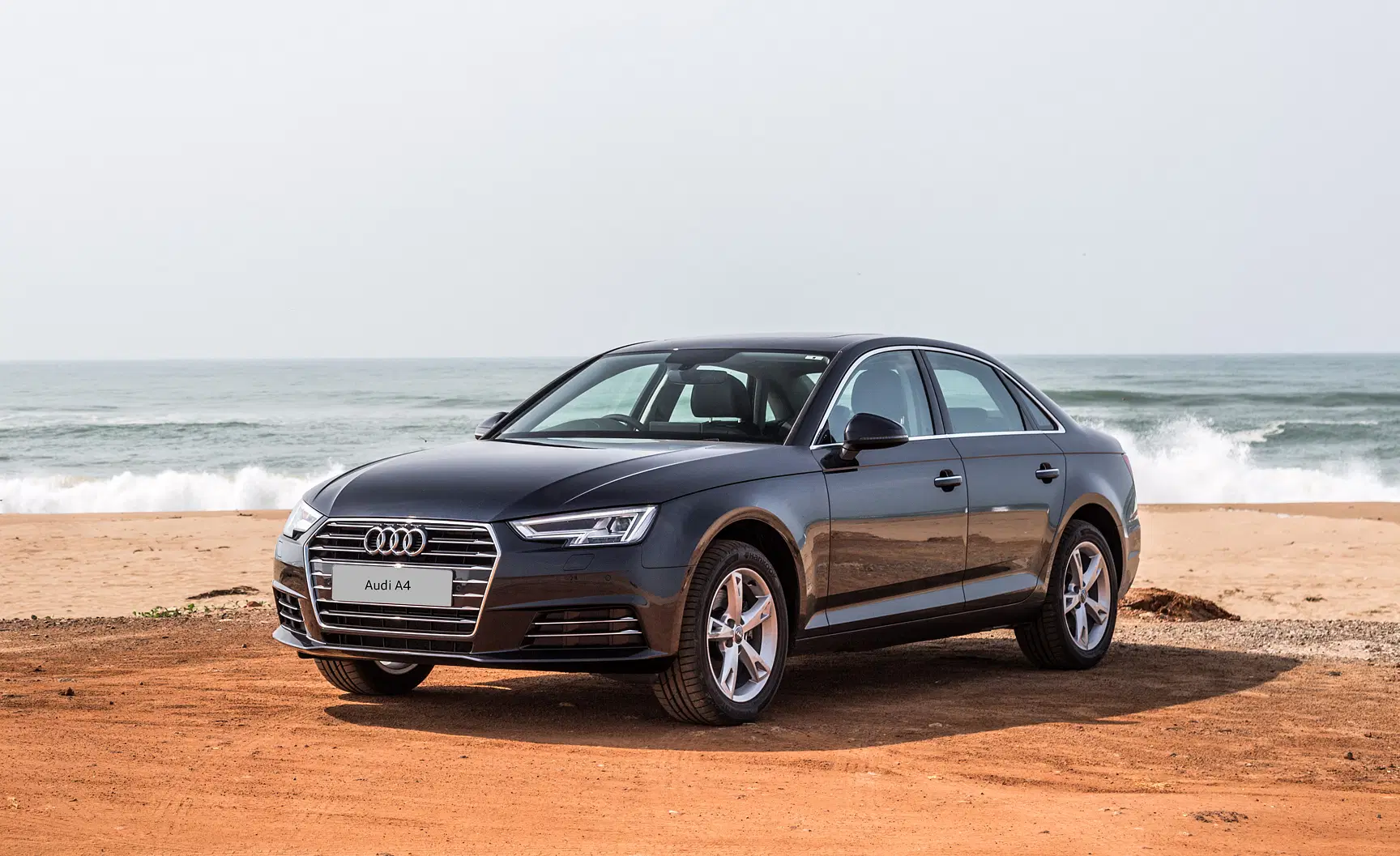
5. Audi A4 (2002–2008, 1.8T and 2.0T Engines)
Audi’s A4 models equipped with the 1.8T and early 2.0T engines suffer from some of the worst timing belt issues in the luxury sedan segment. These engines require timing belt replacement every 75,000 to 90,000 miles, and failing to do so invites severe engine damage.
Like most European designs of the era, the engines are interference, which means that if the belt fails, the repair bill skyrockets, often exceeding the value of the vehicle itself. Worse yet, the cost of doing the belt job isn’t cheap, even when done proactively.
The labor to replace the belt is extensive, requiring the removal of the front clip of the vehicle (sometimes referred to as putting the car in “service position”), which is not only time-consuming but expensive. The timing belt system itself is also prone to failure due to weak plastic pulleys, aging tensioners, and oil leaks that degrade the belt’s integrity.
In the 2.0T specifically, the engine’s heat exacerbates the problem, especially in models that lack adequate maintenance or suffer from oil sludge — another common Audi issue of the time.
Compounding these concerns, many owners report being unaware of the belt service interval or learning about it only after suffering an engine failure. Because the cars were marketed as luxury vehicles with refined performance, many buyers didn’t expect such an aggressive and crucial maintenance schedule.
The result is a sea of used A4s in the marketplace with uncertain belt service histories. Any potential buyer of one of these cars should factor in the timing belt replacement as a near-term expense, even if the seller insists it “was just done.”
Also Read: 13 Engines That Made Japanese Cars Unstoppable and Changed Performance Culture Forever
The timing system — whether it’s a chain or a belt — can be one of the most defining features of a car’s long-term reliability. As we’ve seen, some manufacturers have gone to great lengths to implement durable, maintenance-free timing chains that offer peace of mind for hundreds of thousands of miles.
Vehicles like the Honda Accord, Toyota Camry, and Mazda MX-5 Miata prove that thoughtful engineering can lead to engines that run for decades with minimal intervention. These cars provide not just reliable performance, but also lower lifetime costs and fewer unexpected breakdowns, especially related to timing failures.
On the flip side, many vehicles with timing belts — especially those with poor engineering choices or difficult service procedures — have earned reputations for being financial liabilities.
From the Volkswagen 1.8T to the Audi A4 and PT Cruiser, the stories are similar: rubber belts that require frequent replacement, interference engine designs that leave no margin for error, and replacement jobs that are both time-consuming and expensive.
For many drivers, this leads to the dreaded moment where a simple maintenance oversight results in a full engine rebuild. Knowing what lies under the hood can save you thousands of dollars and countless headaches.
Whether you’re buying a used vehicle or simply planning for future maintenance, understanding the car’s timing system is essential.
Opt for proven chain-driven engines if you prioritize low maintenance and reliability, and approach belt-driven engines with cautious diligence. In many cases, the difference between a car that lasts 250,000 miles and one that ends up in the junkyard comes down to the strength or weakness of a single belt or chain.

